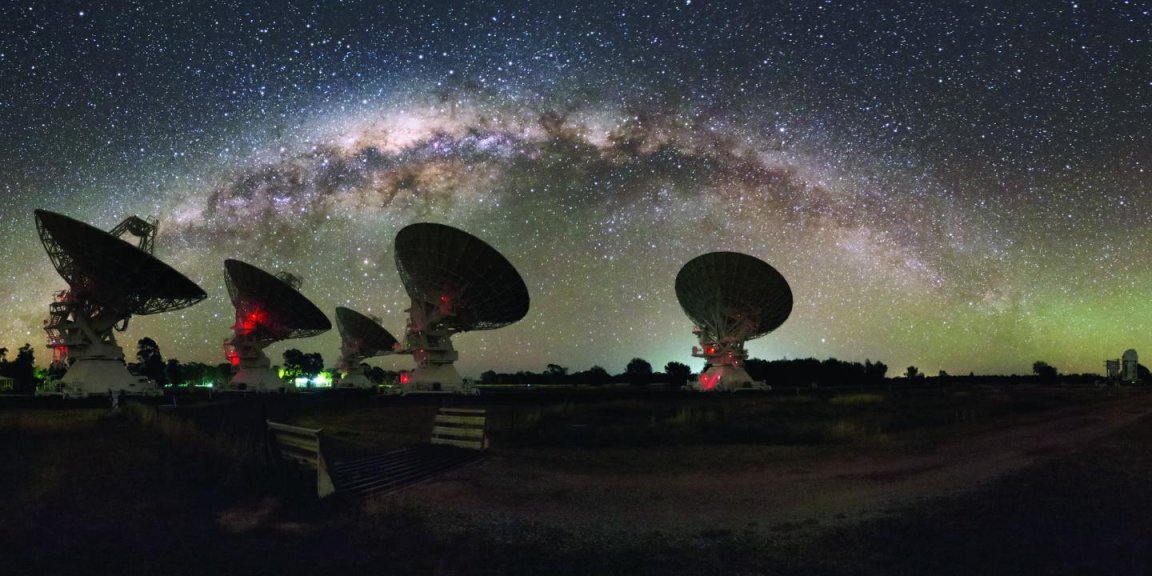
Space Noodles
Structures that bear close resemblance to noodles (or perhaps lasagna sheets or hazelnuts) have reportedly been sighted around the galaxy, which challenge the world’s current understanding of gas condition in the Milky Way.
“They could radically change ideas about this interstellar gas, which is the Galaxy’s star recycling depot, housing material from old stars that will be refashioned into new ones,” Dr Keith Bannister, first author of the paper unveiling the discovery, said.

The work was recently published in the journal Science.
As far back as 20 years ago, astronomers saw the first hints of these mysterious structures; however, they chalked it up to the galaxy’s invisible “atmosphere,” which is made up of electrically charged particles of thin gas.
Yet, these would come and go, making it very difficult to identify them or study them in earnest.
“Lumps in this gas work like lenses, focusing and defocusing the radio waves, making them appear to strengthen and weaken over a period of days, weeks or months,” adds Dr Bannister.
Compact Array
Despite having already been seen prior to this, it was so hard to catch these episodes that, eventually, researchers gave up looking for them. However, the discovery by Dr. Bannister and his colleagues allows scientists to continue their research.
By pointing the CSIRO’s Compact Array telescope in Eastern Australia at a quasar, PKS 1939-315, which is found in the constellation of Sagittarius, they discovered a lensing event that went on for a year. To date, they know nothing about the structures or the shape. Yet, there are numerous speculations regarding both of these.
As far as the shape goes, the considerations run from the structures being “a flat sheet,” “a barrel of a hollow cylinder like a noodle,” or a “spherical shell like a hazelnut.”
But what can these lenses be? What causes them to form?
One suggestion is that the structures are cold clouds of gas that get pulled together by the force of their own gravity. if this is true, it means that the clouds likely make up a substantial fraction of the mass of our Galaxy.
But at the present time, nobody knows exactly how the invisible lenses form or what they are. Of course, with further research and observation, the team promises to, at the very least, “definitely sort out the geometry.”
And the scientists say that this is a big step forward in figuring them out.